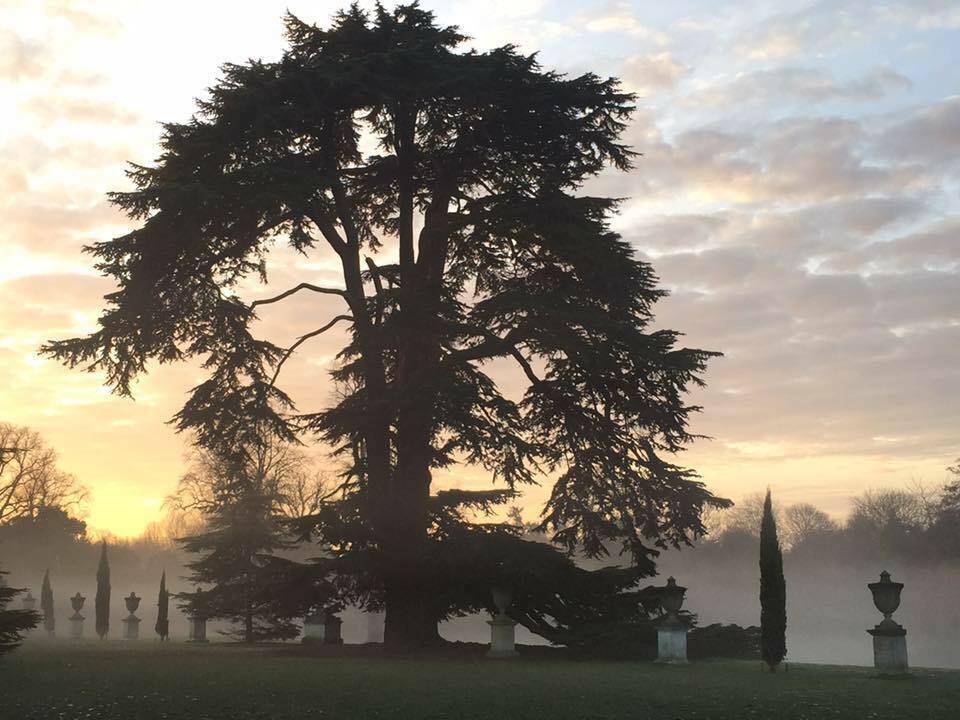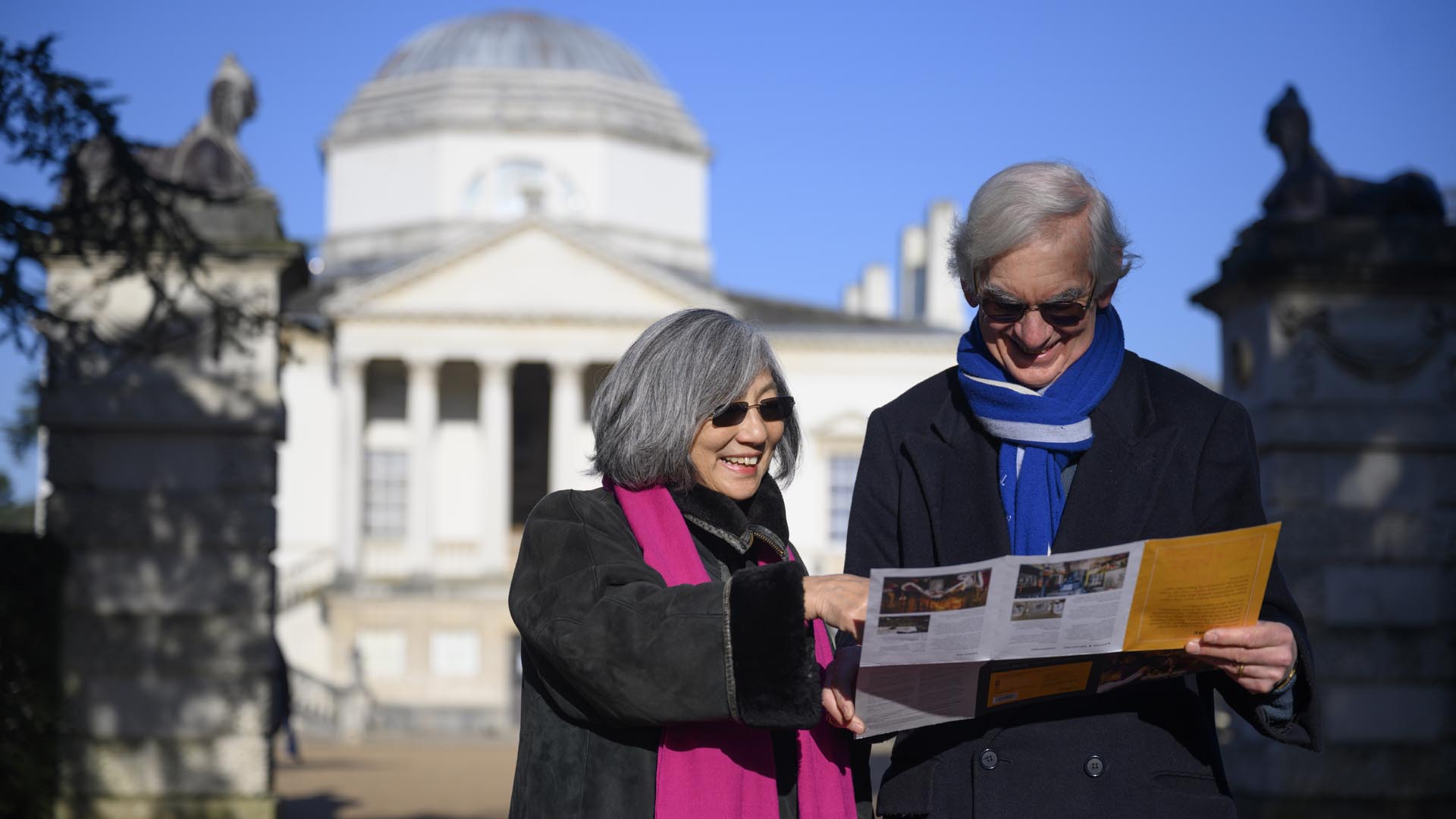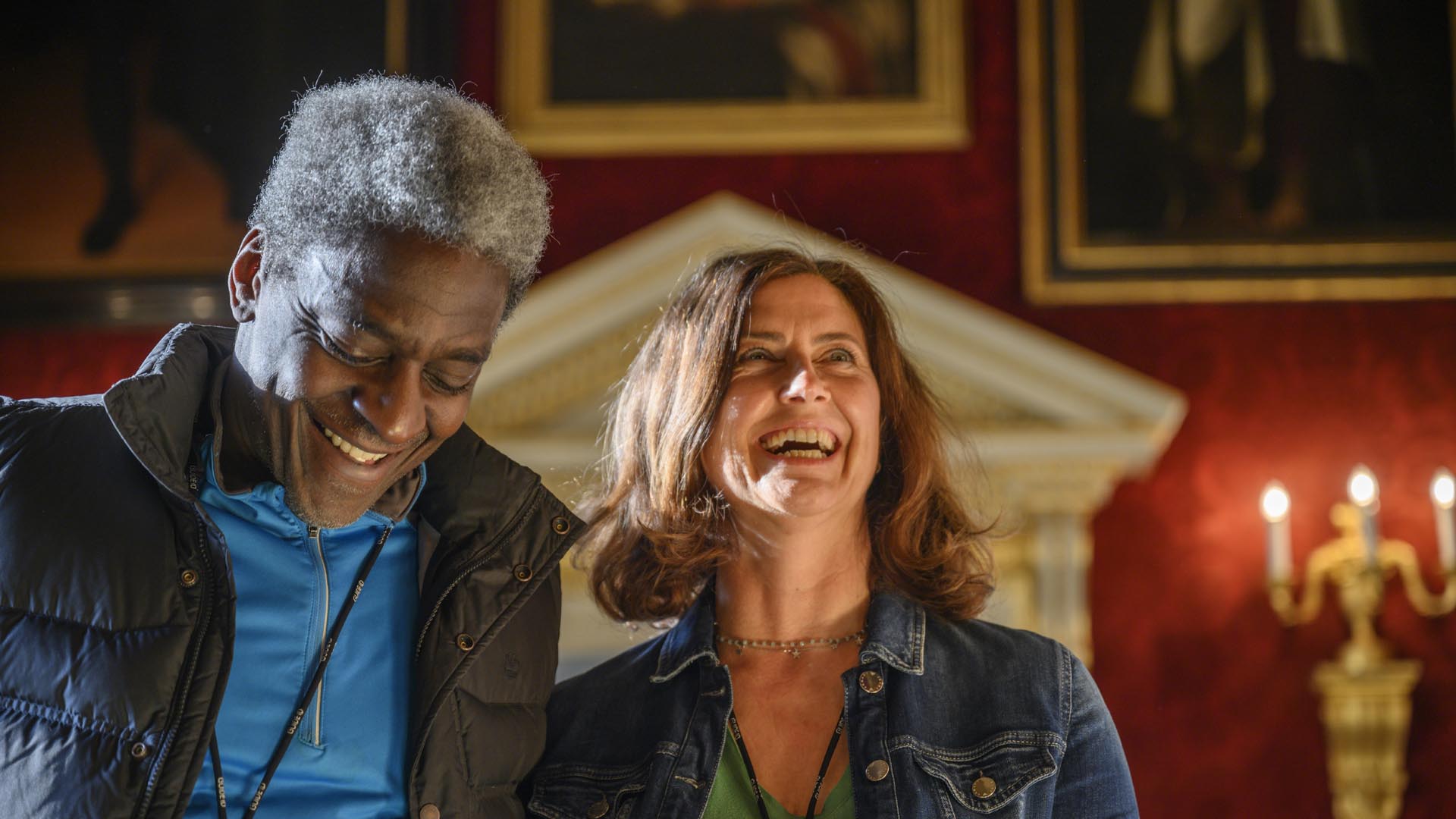Cedars of Lebanon
Visitors, including Queen Victoria, the Tsar of Russia, the King of the Hellenes and the Shah of Persia, have admired the avenue of stately Atlantic blue cedars of Lebanon that frame the House. Our trees’ special significance continues today.
The oldest trees date from the late 1720s when William Kent first worked on the Garden. Several came directly from Lebanon, making them some of the oldest migrants from Lebanon’s original cedar forests, which are sadly now much depleted.
Please note, cedars of Lebanon are prone to drop branches without warning. Take care when walking close to these trees, please don’t walk under them or climb them.

Safeguarding our Cedars
English Heritage supported a project to graft 31 plants from five different clones of the Chiswick Cedars of Lebanon during the Garden Restoration. These plants have been shared with other historic public gardens, ensuring the future of our rare and historic trees.
We care for over 1500 trees across our Gardens, which are home to bats, birds and insects. We survey them and manage the growth under the trees to keep them healthy, as well as regular cutting back each autumn.

Plan Your Visit
Our Gardens are open to visitors every day. Find out more about tickets and opening times.

Support Us
Your support helps deliver volunteering, community outreach and learning activities as well as provide dawn-til-dusk access to our award-winning 18th-century landscape for everyone every day.